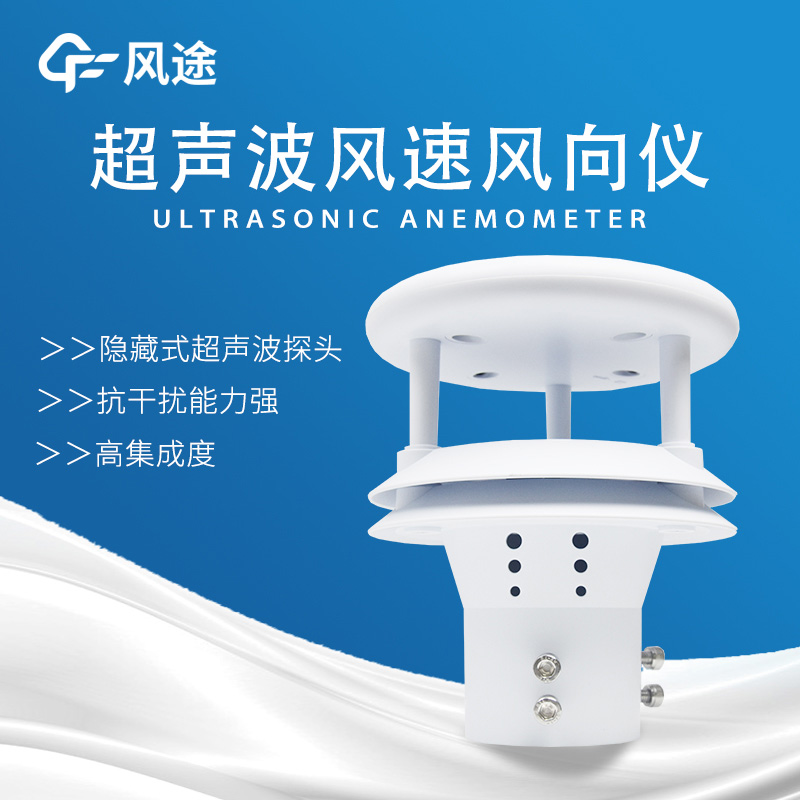Shandong Fengtu IOT Technology Co., Ltd
Sales Manager:Ms. Emily Wang
Cel,Whatsapp,Wechat:+86 15898932201
Email:info@fengtutec.com
Add:No. 155 Optoelectronic Industry Accelerator, Gaoxin District, Weifang, Shandong, China

Sales Manager:Ms. Emily Wang
Cel,Whatsapp,Wechat:+86 15898932201
Email:info@fengtutec.com
Add:No. 155 Optoelectronic Industry Accelerator, Gaoxin District, Weifang, Shandong, China
time:2023-12-19 17:10:26 source:Weather Station viewed:651 time
Shipborne automatic weather station is a kind of meteorological observation system using ship as a working platform, which is capable of real-time observation of elements of marine meteorology such as temperature, air pressure, humidity, wind speed, wind direction, rainfall and visibility. In the field of marine engineering, it is convenient for the crew and ship management to understand the marine meteorological conditions to predict the weather conditions and improve the safety and efficiency of ship navigation.
The ultrasonic wind speed sensor adopts the time difference method for wind speed measurement, which has the advantages of stable performance, easy to carry, no moving parts, no need for maintenance and on-site calibration, etc., and is a more advanced wind speed measurement instrument.
So how are these two devices connected in one place? In the field of offshore engineering, knowledge of offshore meteorological conditions is vital for predicting weather conditions and ensuring the safety and efficiency of ship navigation. In order to measure the direction of the wind, it is now common to use an anemometer or wind sensor device. When an ultrasonic wind sensor is installed in a shipboard automatic weather station, it works in close co-operation with the other equipment in the weather station to fulfil the task of observing the marine weather.
Through the joint work of these devices, the crew can obtain comprehensive information about the marine meteorological conditions and thus make more accurate navigational decisions. For example, if strong winds are predicted, the crew can adjust the sailing speed or change the sailing route in advance to avoid potential risks. In addition, the data can be used in areas such as marine scientific research, weather forecasting and climate change studies.
Overall, ultrasonic wind sensors and weather stations play a key role in the field of marine engineering. They provide vital meteorological data to support ship navigation, helping crews to make more informed decisions to ensure safe and efficient navigation. With the continuous development of science and technology, more advanced equipment and technology may be applied to the field of marine meteorological observation in the future, providing more accurate and reliable data support for human exploration and use of the ocean.

Most of the new energy research and development work is actually carried out in a relatively open environment, especially for wind and solar energy research and development, often due to the installation of the environment is very open caused by some important devices are easily affected by changes...
Shandong Fengtu Internet of Things is a weather station equipment manufacturer, dedicated to the research and development, production and sales of various weather station equipment. The company was established in 2017 and is located in Weifang, the beautiful capital of kites. Mainly engaged in meteo...
Nowadays, most city dwellers are not only concerned about daily weather changes, but also begin to pay attention to air quality. With the country's continued focus on environmental issues, environmental governance has become a priority for national and local governments. Large air quality monito...
A miniature automatic air monitoring station is an intelligent device for monitoring air quality, which usually consists of one or more sensors, a data collector and a data processing system. It can monitor a wide range of pollutants in the air in real time, including particulate matter, ozone, nitr...